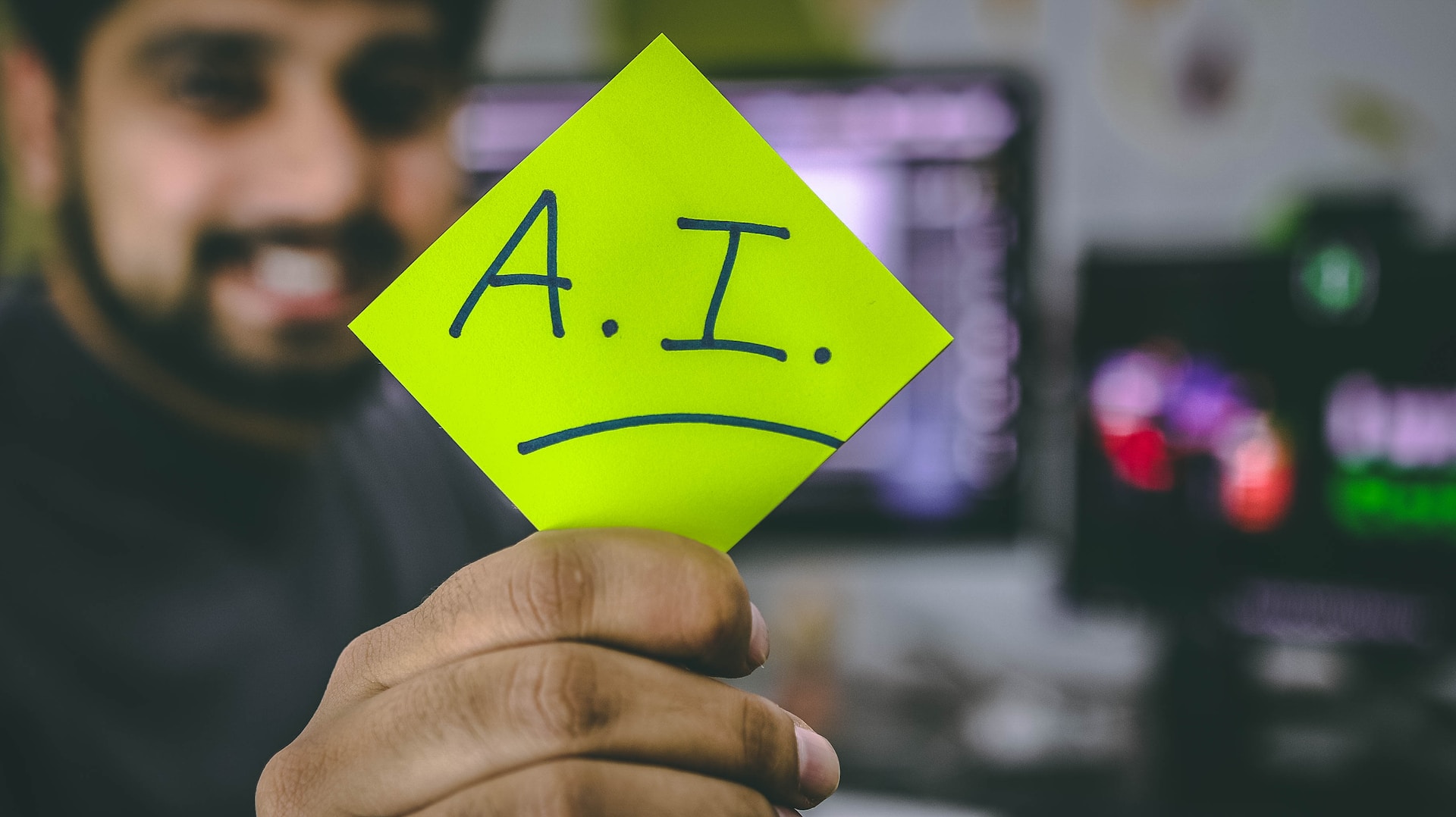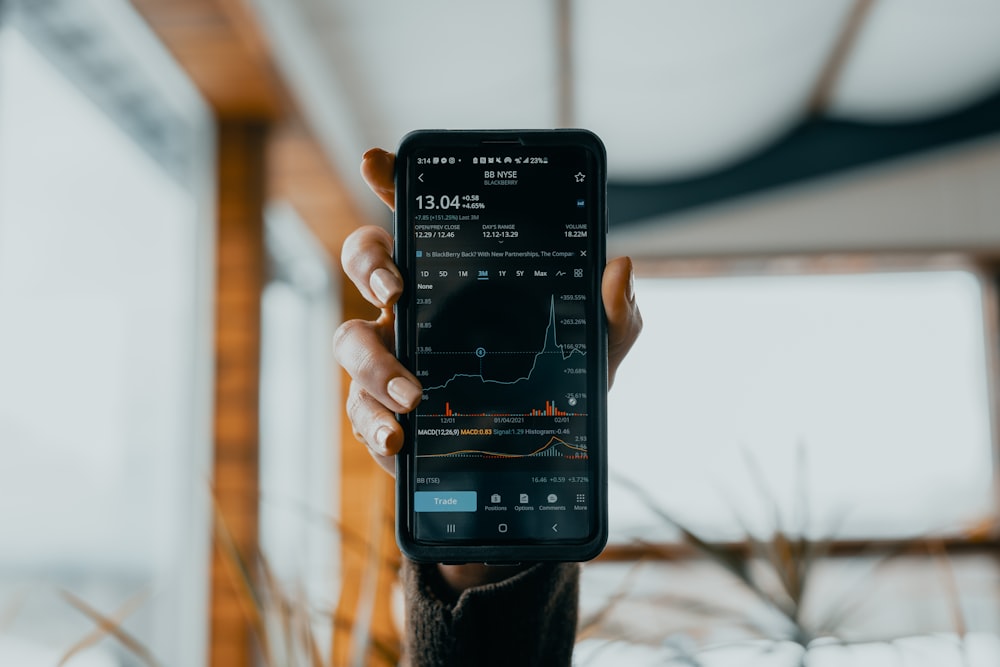How Artificial Intelligence Will Change Forex Trading in 2024

Traders are likely well aware that Artificial Intelligence (AI) has become a fundamental part of the forex market. It specializes in analyzing price trends, enabling continuous trading, and even conducting trades on behalf of traders.
In 2023, the forex markets have witnessed a substantial influence from artificial intelligence. The information circulating in the markets has become highly accessible, as AI is now within reach for virtually any trader. This allows traders to refine their data searches to make informed trading decisions and promptly address queries provided by AI.
Moreover, artificial intelligence has significantly enhanced the precision of data that traders can access. Now, substantial volumes of data entering a trader’s workstation can be automatically assessed. In this post, we will be exploring these things and how AI has affected the forex markets.
Understanding Artificial Intelligence and How It Works
Artificial Intelligence (AI) refers to the development of computer systems that can perform tasks that typically require human intelligence. This encompasses activities like learning, reasoning, problem-solving, understanding natural language, and recognizing patterns. AI aims to create machines capable of mimicking cognitive functions associated with human intelligence.
Here are some key components of how AI works:
- Data Input: AI systems rely on large amounts of data to learn and make informed decisions. This data can be structured (organized, such as in databases) or unstructured (like text, images, or videos).
- Training and Learning Algorithms: AI systems use algorithms to process and analyze data. During a training phase, the AI model is fed with a vast dataset and learns to recognize patterns, relationships, and features within that data.
- Feature Extraction: AI systems identify relevant features or characteristics from the data. For example, in image recognition, features might include edges, shapes, and colours.
- Model Building: Using the extracted features, the AI system constructs a mathematical model. This model is essentially a representation of the relationships within the data.
- Prediction and Decision-Making: Once trained, the AI system can make predictions or decisions based on new, unseen data. For example, a trained AI model for image recognition can identify objects or categorize images it has never encountered before.
- Feedback and Iteration: AI systems often receive feedback on their predictions or decisions, allowing them to refine their models over time. This iterative process improves the accuracy and performance of the AI system.
- Supervised vs. Unsupervised Learning: In supervised learning, the model is trained on labelled data, where the correct answers are provided. In unsupervised learning, the model is fed with unlabeled data and learns to find patterns on its own.
- Deep Learning: A subset of AI, deep learning involves using artificial neural networks with multiple layers (hence “deep”) to process and learn from data. It’s particularly powerful in tasks like image and speech recognition.
- Natural Language Processing (NLP): This is a branch of AI focused on enabling computers to understand, interpret, and generate human language. It’s used in applications like chatbots, language translation, and sentiment analysis.
- Reinforcement Learning: This type of learning involves training a model through a system of rewards and punishments. The model learns to make a series of decisions to maximize rewards.
- Neural Networks: These are a fundamental concept in AI, inspired by the structure of the human brain. They consist of interconnected nodes (neurons) that process and pass information.
It’s important to note that AI is a broad field with many specialized branches and techniques. The choice of approach depends on the specific task and the type of data involved. Additionally, ongoing research and development in AI continue to push the boundaries of what’s possible.
How is AI Changing the Forex Market?
Automated Data Evaluation
Enormous volumes of data entering a trader’s workstation can now be assessed automatically. While specific criteria are often required, AI demands less intricate programming. This allows artificial intelligence to take over routine tasks that previously required human intervention, such as analyzing specific market conditions and executing transactions. Traders can now dedicate their time to evaluating deals while delegating mundane tasks to AI.
Real-Time Data Analysis
AI has the capability to analyze real-time data and generate tailored trading recommendations based on pre-established criteria. It can also assist traders in adhering to compliance standards and adhering to local regulations. Artificial intelligence can identify and monitor various risks, helping to mitigate market and credit risks. Additionally, AI can develop a trading strategy based on newly acquired knowledge, maximizing potential profits.
AI-Enabled Trading Analysis
Real-time AI trading analysis employs artificial intelligence to evaluate and make decisions on stock market transactions. This includes identifying patterns, forecasting market movements, and determining optimal times to buy and sell currency pairs or assets. Automation facilitated by AI trading analysis enables traders to act swiftly and accurately.
Compliance Management
Another task that can be handled by artificial intelligence is compliance management. Compliance involves adhering to rules, laws, and regulations governing securities trading. It is crucial for traders to ensure that their trading activities comply with relevant rules and regulations to safeguard investor interests and maintain ethical conduct.
AI can assist in automating the monitoring and oversight of trading activities, identifying irregularities, and notifying compliance personnel of potential breaches. By efficiently and rapidly evaluating large volumes of data, compliance officers can identify potential issues more promptly and effectively. Furthermore, AI can automate the generation and monitoring of compliance reports, reducing the need for manual work. Lastly, AI provides predictive analytics, allowing compliance officials to anticipate potential issues before they arise.
AI Techniques for Forex Assistance
If you’re a beginner and want to learn how to trade forex, AI can be a valuable resource. There are numerous techniques through which AI can aid in FX trading. It can swiftly and reliably analyze vast amounts of data, identify market patterns and trends, and make predictions about future price movements.
Additionally, AI can formulate a trading strategy that enables traders to assess market opportunities without continuous manual monitoring. AI can also be utilized to develop and backtest trading strategies, an essential step to ensure their viability before implementing them in real-time trading. Backtesting involves simulating the system using historical data to analyze its performance, identifying potential weaknesses and making necessary adjustments.
Furthermore, AI can handle various administrative tasks, including trade verification, profit and loss calculations, and margin assessments. By automating these functions, AI frees up more of your time to focus on trading strategy and risk management, enhancing the efficiency of your trading endeavours.



